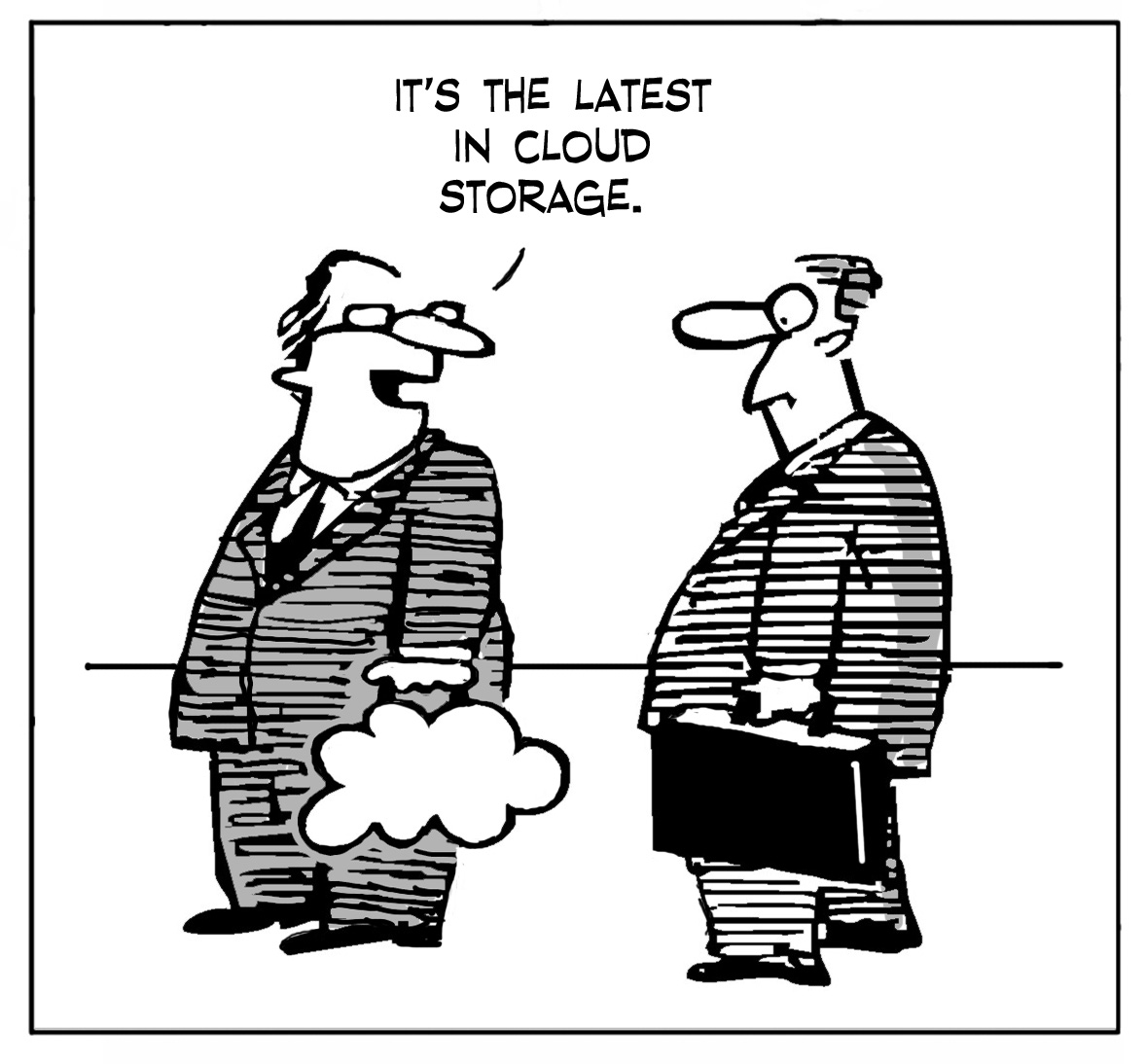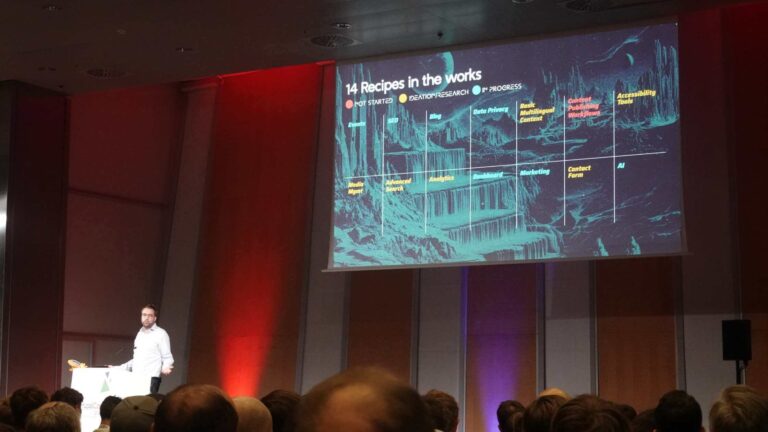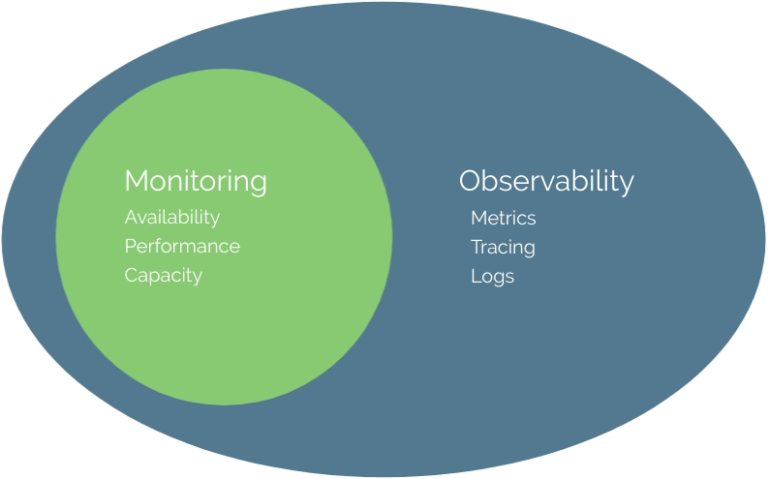Cloud providers offer significant discounts for committing to use specific resources for a set period. These commitments, known as reservations, can lead to substantial savings. Here are the different plans that users can consider:
Visibility
Cloud computing has become an essential component of business operations as it offers scalability, flexibility, and various services that can enhance productivity. However, the costs associated with cloud services can quickly escalate if not properly managed. Effective cloud cost optimization is crucial to ensure that you maximize your cloud investment’s value. In this article, we will discuss the key principles of cloud cost optimization, including visibility, reservations, auto-scaling, and more.
- Cloud Cost Management Tools: Utilize cloud cost management and monitoring tools like AWS Cost Explorer, Azure Cost Management, and Google Cloud’s cost tools to gain insights into your spending patterns.
- Dashboards and Reports: Set up dashboards and generate regular reports to track your cloud usage and costs. This helps identify trends, spikes, and potential areas for optimization.
- Tagging and Labeling: Implement a robust tagging and labeling strategy to categorize and track resources effectively. This ensures that you can attribute costs accurately to specific departments, projects, or teams.
Reservations
By Aman Aggarwal
- Reserved Instances: AWS, Azure, and Google Cloud all offer reserved instances (RIs) where you can commit to using specific virtual machines (VMs) for one or three years in exchange for discounted rates. For example, Azure reservations can save you up to 72% off standard pay-as-you-go rates.
- Savings Plans: Similar to reserved instances, savings plans offer flexibility by allowing you to commit to a certain level of usage across multiple services, rather than specific instances. This can lead to savings of up to 65% on compute costs.
Auto-Scaling
Auto-scaling is a critical feature for optimizing cloud costs, as it ensures that you only use the resources you need at any given time. Here are the different types of scaling methods:
- Dynamic Resource Allocation: Auto-scaling automatically adjusts the number of resources based on demand. This means you can scale up during peak times and scale down during low-usage periods, avoiding unnecessary costs.
- Threshold-Based Scaling: Set thresholds for scaling events based on CPU utilization, memory usage, or other relevant metrics to automate the scaling process effectively.
Rightsizing
Rightsizing involves analyzing and adjusting the size of your cloud resources to match your actual usage requirements.
- Resource Optimization: Regularly review and adjust the size of your instances, databases, and storage volumes to ensure they are not over-provisioned. Over-provisioning leads to paying for more capacity than needed.
- Utilization Monitoring: Cloud provider tools are used to monitor resource utilization and identify underutilized resources that can be downsized or terminated.
Instance Scheduling
Cloud cost optimization is an ongoing process that requires continuous monitoring, analysis, and adjustments. By focusing on visibility, leveraging reservations, implementing auto-scaling, rightsizing resources, scheduling instances, utilizing spot instances, and optimizing data transfer and storage, organizations can significantly reduce their cloud expenses while maintaining performance and scalability. A reliable partner can help you embrace these key principles of cloud cost optimization, which will help ensure that your cloud strategy remains cost-effective and efficient, ultimately driving better business outcomes.
- Non-Production Environments: Schedule non-production environments, such as development and testing instances, to run only during working hours. This reduces costs significantly for resources that do not need to be available 24/7.
- Automated Scheduling: Implement automated scripts or use built-in cloud provider features to manage instance schedules efficiently.
Spot Instances
One of the fundamental principles of cloud cost optimization is visibility. Having a clear view of your cloud usage and spending is essential for making informed decisions. This involves regularly monitoring and analyzing your cloud resources and expenditures. Key tools and practices include:
- Significant Discounts: Spot instances can offer discounts of up to 90% compared to on-demand prices. These are ideal for flexible workloads and can tolerate interruptions.
- Batch Processing and CI/CD Pipelines: Use spot instances for batch processing jobs, continuous integration/continuous deployment (CI/CD) pipelines, and other non-critical workloads to maximize cost savings.
Data Transfer and Storage Optimization

Optimizing data transfer and storage is another key aspect of cloud cost optimization.
- Efficient Data Transfer: Minimize data transfer costs by reducing cross-region data transfers and using content delivery networks (CDNs) to cache data closer to end-users.
- Storage Tiering: Utilize different storage tiers based on data access patterns. For example, frequently accessed data can be stored in premium storage, and archival data can be stored in cheaper, long-term storage options.
Instance scheduling allows you to start and stop instances based on predefined schedules, ensuring that resources are only run when needed.
Spot instances are a cost-effective way to utilize spare cloud capacity at reduced rates. They offer:






